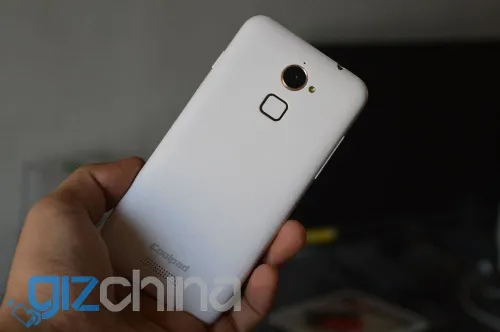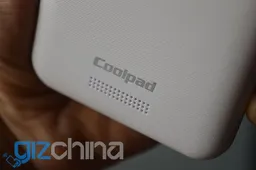Coolpad Note 3 Lite with fingerprint sensor, 3GB RAM for 6999 INR ($104)
PhonesFriday, 15 January 2016 at 05:37

It's official: the Coolpad Note 3 Lite is the cheapest 3GB RAM phone with a fingerprint sensor in the Indian market.
The phone combines the affordability, fingerprint sensor and 3GB RAM of the very successful Coolpad Note 3 with a smaller form factor. Lets take a look.
First, what would concern you the most: the Coolpad Note 3 Lite is a 6,999 INR or $104 phone, has a 5-inch 1280 x 720p display, the quad-core MediaTek MT6735 processor, 3GB of RAM, 16GB ROM, a 13 mega-pixel rear camera, 5 mega-pixel front facing camera and a 2500mAh battery... all in a body that is a geometrically shrunk Coolpad Note 3.

The phone will be made available via Amazon India, as was the case with the previous Coolpad phone (which we really liked). Stay tuned to GizChina.com for the initial impressions of this phone, which is coming up in the next few minutes.
Popular News
Latest News
Loading

